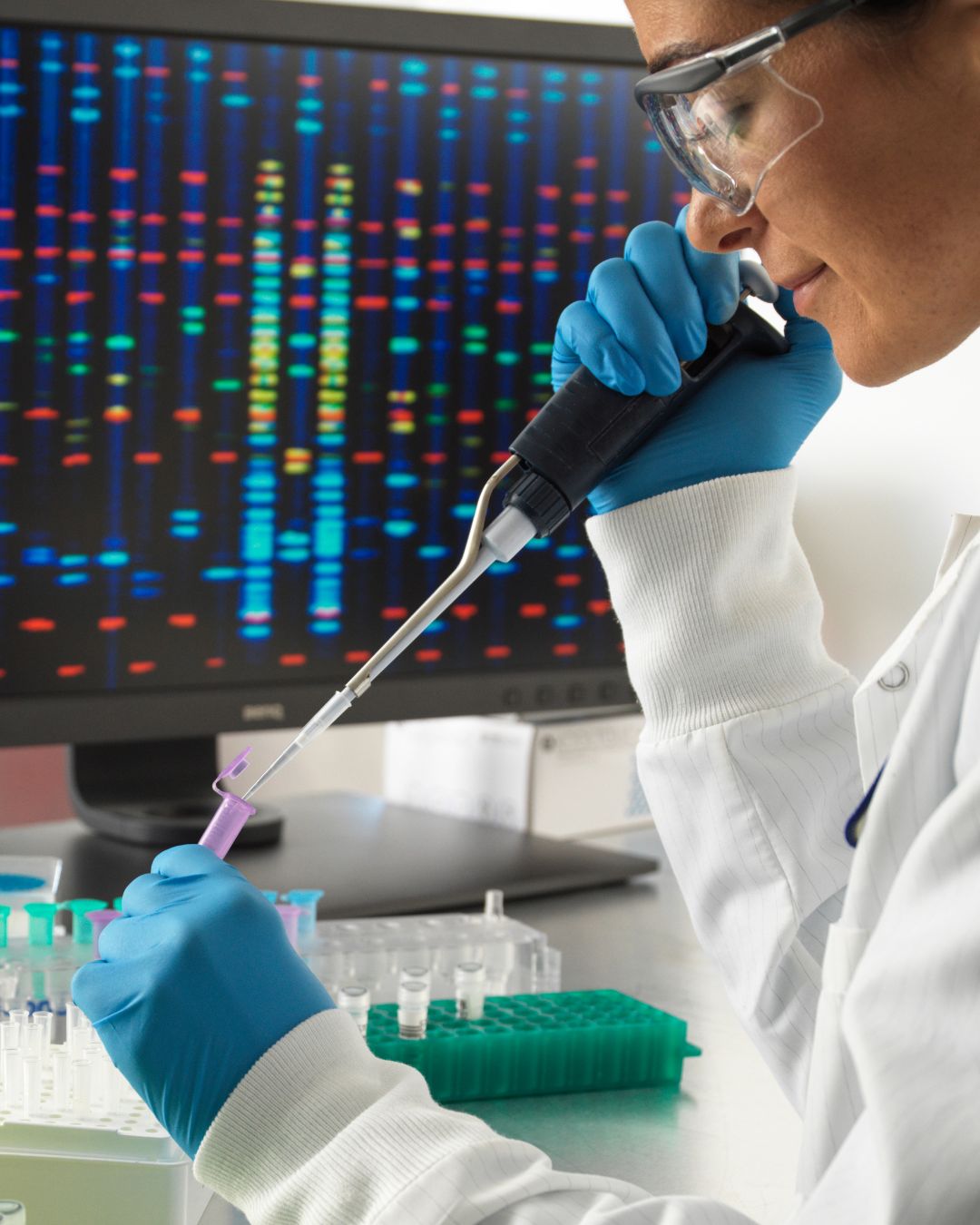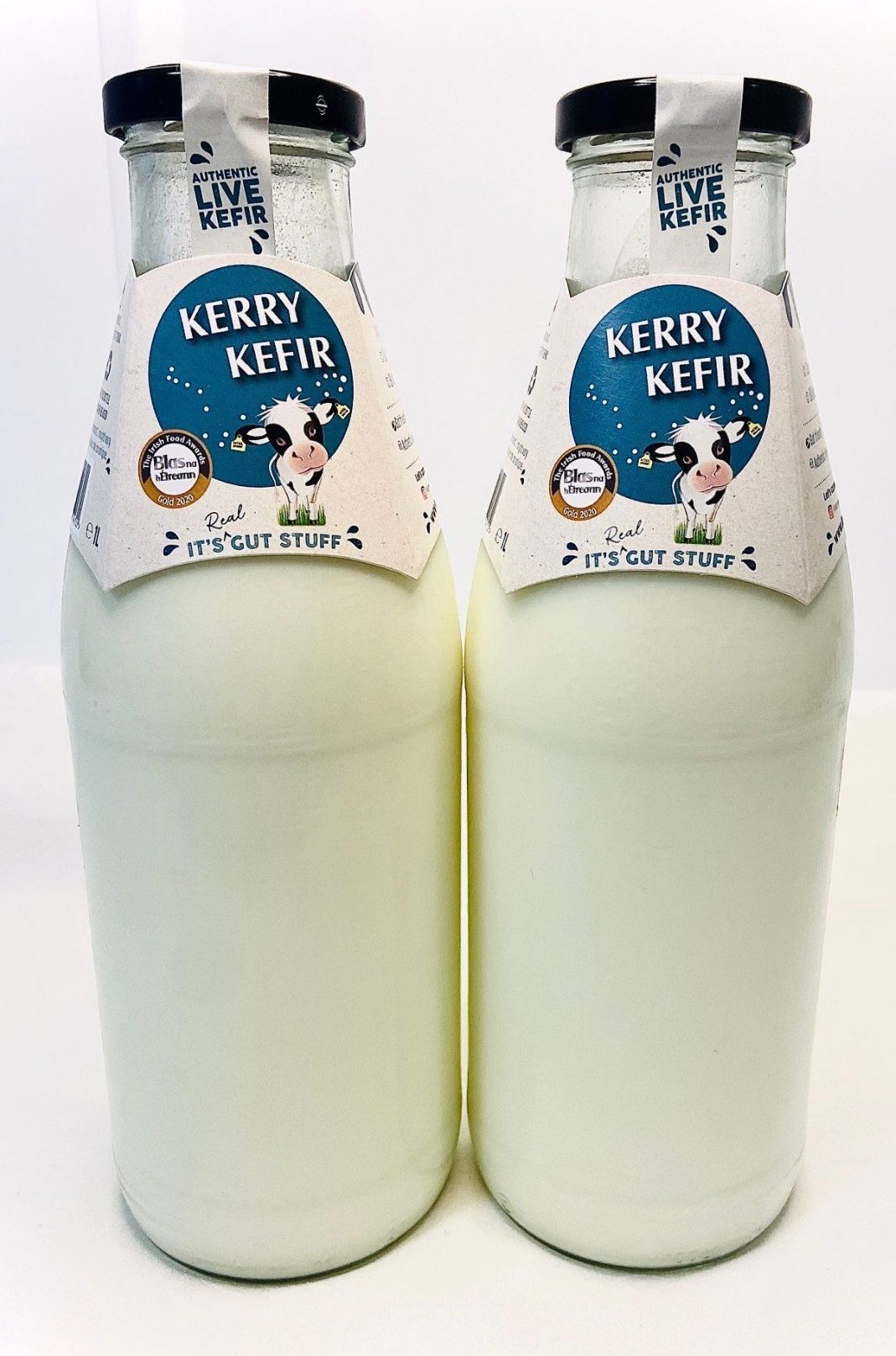At Kerry Kefir, our commitment to producing high-quality, traditional kefir has led us to explore the fascinating world of microbial activity through a partnership with Shannon ABC, a state of the art research centre based between MTU and TUS, who identify innovative ingredients and biological products from natural resources using novel state of the art processes.This collaboration has not only deepened our understanding of the beneficial microorganisms in our kefir but also highlighted how our product adapts to seasonal changes and may contribute to a balanced gut environment.
Understanding Our Kefir’s Microbial Composition
The DNA analysis of our kefir, conducted by the experts at Shannon ABC, has revealed a vibrant ecosystem of bacteria and yeast within our kefir. By analysing kefir samples produced with our unique grains during different seasons- aptly dubbed our “winter” and “summer” kefir – we’ve uncovered how kefir, when made with kefir grains, changes with the seasons and with the environment. If you have been a long time customer of ours you may have noticed this yourself. And our testing proved this! All strains remain present in our kefir grains throughout the year but volume of different strains varied in “Summer” and “Winter” kefir. Within these seasons, we also tested various manufacturing techniques that we use, to see if there were any differences to the bacteria and yeast profile.

The analysis confirmed the presence of a robust community, with 43 strains of bacteria and over 12 strains of yeast. The report findings also confirm the absence of pathogens, ensuring the safety and quality of our product.
- Lactobacillus kefiranofaciens
- Lentilactobacillus kefiri
- Lentilactobacillus parakefiri
- Lentilactobacillus buchneri
- Lactiplantibacillus plantarum
- Lactobacillus acidophilus
- Lentilactobacillus otakiensis
- Lacticaseibacillus chiayiensis
- Lactobacillus delbrueckii
- Lactococcus lactis
- Pseudomonas helleri
- Lactiplantibacillus pentosus
- Pseudomonas psychrophila
- Lentilactobacillus sunkii
- Lactobacillus ultunensis
- Lactobacillus crispatus
- Lentilactobacillus parafarraginis
- Lactiplantibacillus modestisalitolerans
- Levilactobacillus namurensis
- Lactobacillus hamsteri
- Pediococcus acidilactici
- Lactobacillus intestinalis
- Lactobacillus colini
- Lactobacillus equicursoris
- Lactobacillus gigeriorum
- Lactobacillus helveticus
- Lactobacillus hominis
- Macrococcus caseolyticus
- Lactobacillus crispatus
- Lentilactobacillus kisonensis
- Fructilactobacillus fructivorans
- Levilactobacillus spicheri
- Lactobacillus amylovorus
- Lactobacillus gallinarum
- Lactobacillus acetotolerans
- Lactobacillus amylolyticus
- Lactobacillus intestinalis
- Lactobacillus kalixensis
- Lentilactobacillus senioris
- Levilactobacillus acidifarinae
- Pediococcus cellicola
- Periweissella fabalis
- Leuconostoc mesenteroides
Predominately:
- Saccharomyces cerevisiae
- Saccharomyces boulardii
- Kazachstania unispora
- Kluyveromyces marxianus
In smaller amounts:
- Cylindrotheca Closterium
- Malassezia restricta
- Classicula sinensis
- Filinia longiseta
- Pseudomuriella sp.,
- Scenedesmaceae sp.
- Cyrtolophosis mucicola,
- Mortierella alpina
It’s important to clarify that we don’t label our kefir as a probiotic due to the current regulatory framework by the Food Safety Authority of Ireland (FSAI), which does not validate health claims related to probiotics. We encourage you to read more about this on our blog.
Shannon ABC Findings
Here is a summary of the findings and comments taken from Shannon ABC’s report on the diverse bacteria and yeast strains present in Kerry Kefir:
Bacteria Strains
- Lactobacillus kefiranofaciens: Known for producing kefiran, this bacterium not only enhances the sensory qualities of kefir but also supports gut health and may provide immune modulation and anti-inflammatory benefits.
- Lentilactobacillus kefiri: Typically found in kefir grains, this bacterium is crucial for maintaining a balanced gut flora, possibly improving digestion and boosting immune function.
- Lactobacillus intestinalis: This strain has been studied for its potential to alleviate symptoms of colitis and regulate immune responses in the gut.
- Lactobacillus amylovorus: Known for enhancing digestive health and possibly reducing lactose intolerance symptoms.
- Lactobacillus plantarum: Produces vital organic acids and has been studied for its potential therapeutic applications in treating chronic illnesses and supporting gut health.
Yeast Strains
- Kazachstania: Plays a role in producing vitamins and amino acids, enhancing the synergistic effects with bacteria in kefir.
- Saccharomyces boulardii: The only yeast widely used as a probiotic, recognised for its significant health benefits.
- Kluyveromyces: Critical for fermenting lactose in kefir, enhancing the drink’s probiotic profile by producing essential bioactive compounds.

Seasonal Variation in Kerry Kefir
Our recent DNA analysis, conducted during distinct seasonal batches termed “winter” and “summer,” shows the unique adaptation of our kefir’s microbial life. This report uncovered the way the kefir changes throughout the seasons by providing different strengths of various strains at differing times of the year. For example, the presence of Lactiplantibacillus plantarum was notably higher in our “winter” batch. According to Shannon ABC’s report, this bacteria has potential benefits such as fighting off harmful bacteria and possibly preventing respiratory infections during colder months – basically colds and flus!
In the summer, strains like Lactobacillus acidophilus and Lactobacillus delbrueckii were more prevalent. These bacteria might help with symptoms associated with seasonal allergies, offering potential relief during hayfever-prone months.
The Significant Role of Yeast in Kefir
Our kefir contains over 12 strains of yeast, with Saccharomyces cerevisiae and Saccharomyces boulardii being predominant. Shannon ABC notes the importance of these yeasts in fermented products, stating, “The presence of yeasts in kefir is highly recommended as their beneficial effects include better cell adhesion, competitiveness for nutrients, production of antagonistic compounds, immunomodulation, toxin elimination, cholesterol assimilation, and neutralisation of pathogenic bacteria.” These yeasts not only contribute to the kefir’s health-supportive properties but also produce carbon dioxide, giving our kefir its signature fizz.
Commercial vs Traditional Kefir
It’s noteworthy that many commercial kefirs focus solely on bacterial fermentation, often omitting yeast, which may limit the full potential of kefir. At Kerry Kefir, we are committed to a traditional fermentation process that harnesses both bacteria and yeast, ensuring that our customers enjoy the comprehensive full power of our authentically made kefir. Read more on commerical kefir here.
What does it all mean?
Overall, we identified 43 strains of bacteria and over 12 strains of yeast, confirming the rich, complex microbial ecosystem within each bottle of Kerry Kefir. According to research, this microbial diversity may play a crucial role in supporting a balanced gut microbiome, which is vital for overall health. Additionally, the presence of specific yeasts, highlighted in the report, underscores the distinctiveness of our kefir compared to mass-produced varieties, which often lack these beneficial yeasts.
These insights not only validate the traditional practices we cherish but also excite us about what our kefir can offer you, tailored by nature itself to meet seasonal needs. As we continue to uncover more about our kefir’s microbial community, we remain committed to bringing you a product that not only tastes good, but adapts naturally year-round.
